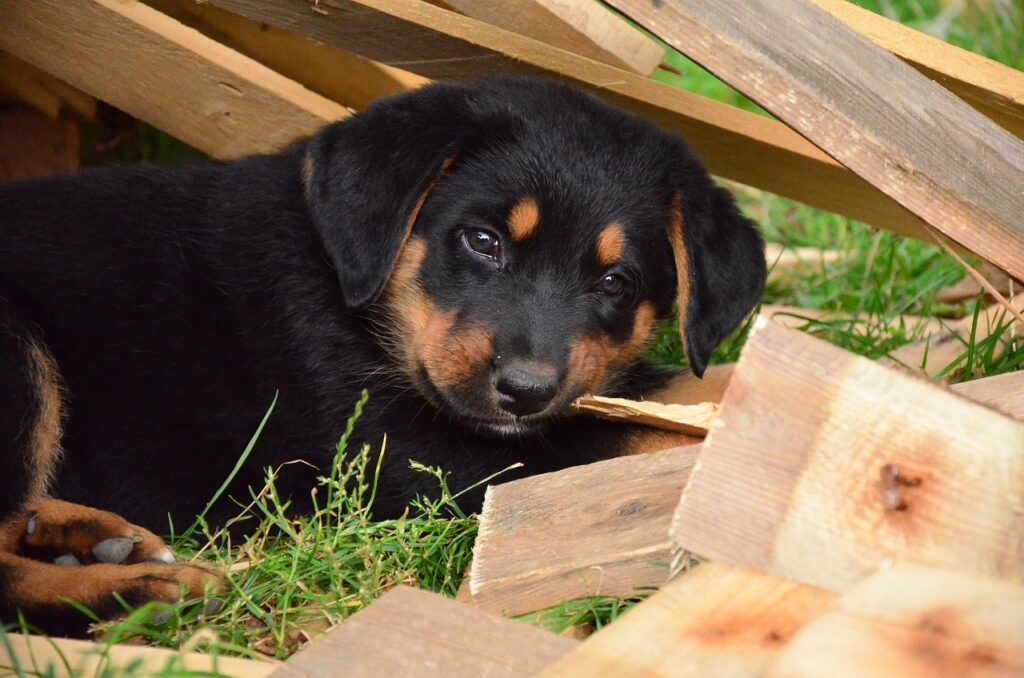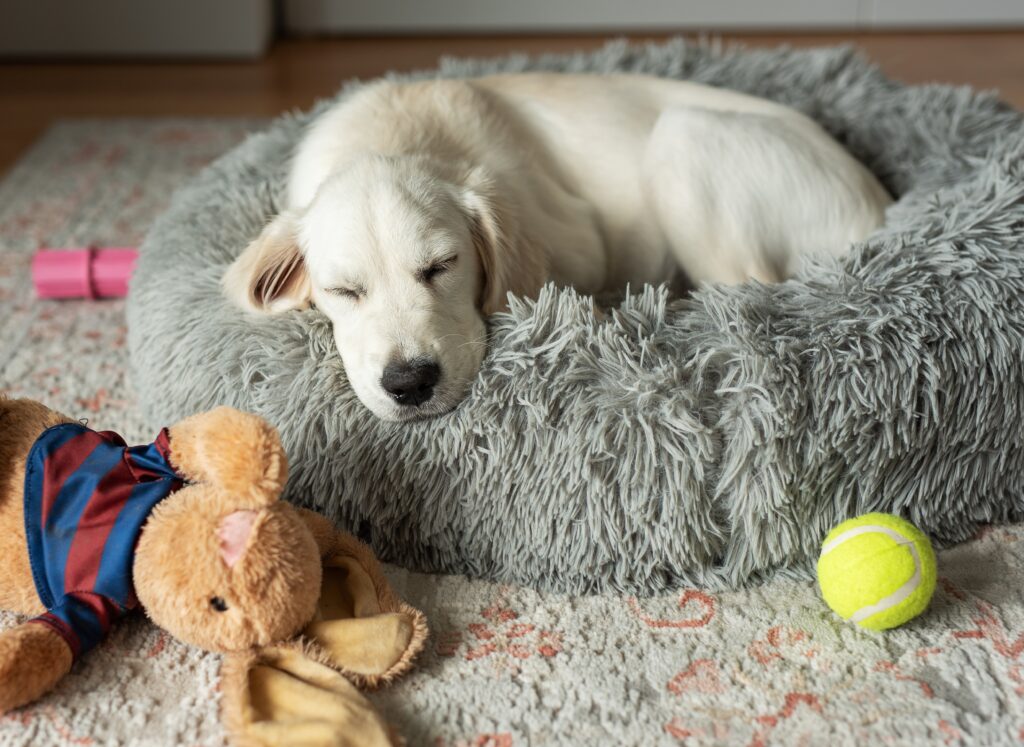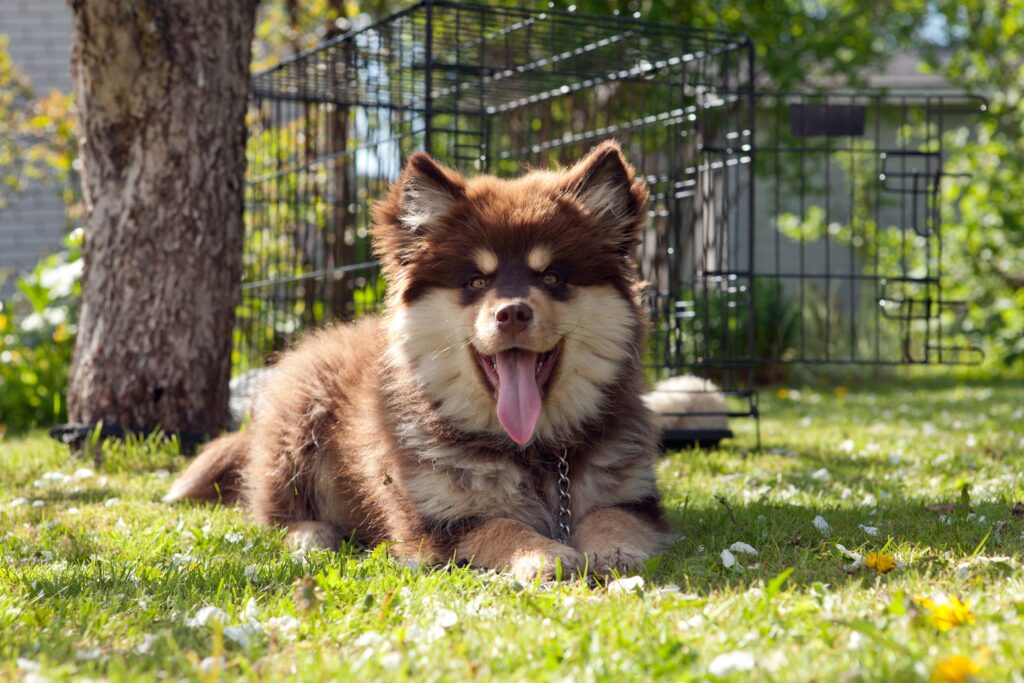Bringing a new puppy home is an exciting experience, and there are several important steps you should take to ensure a smooth transition for both you and your new furry friend.
Here’s a list of the first things to do when you get a puppy…
Prepare Your Home
- Puppy-Proof Your Space – Remove hazards such as toxic plants, small objects that can be swallowed, electrical cords, and anything else that could pose a risk to a curious puppy.
- Designate a Safe Area – Set up a specific area for your puppy to explore, like a playpen or a designated room, where they can feel safe and secure.
Gather Supplies
- Essential Items – Before bringing your puppy home, make sure you have essential supplies ready, including:
- Food and water bowls
- Puppy food (ask the breeder or shelter about the specific brand)
- A comfortable dog bed
- Toys for chewing and play
- A collar and leash
- Crate (if you plan to use one)
- Puppy pads (if you’re using them for potty training)
Set Up a Routine
- Establish a Schedule – Puppies thrive on routine. Plan a schedule for feeding, bathroom breaks, playtime, and sleep to help your puppy adjust more easily.
- Plan for Training – Consider when you’ll begin basic training and socialization. Start teaching your puppy simple commands like “sit” and “stay” early on.
Introduce to Family Members
- Slow Introductions – Introduce your puppy to all family members, including children and other pets, gradually and calmly to prevent overwhelming them.
- Positive Interactions – Encourage gentle and positive interactions. Supervise playtime to ensure everyone is comfortable.
Visit the Veterinarian
- Schedule a Check-Up – Arrange a visit to the veterinarian within the first week for a health check, vaccinations, and to discuss a vaccination schedule, deworming, and preventative care.
- Discuss Spaying/Neutering – Talk to your vet about the right time to spay or neuter your puppy.
Begin Socialization
- Introduce New Experiences – Start socializing your puppy by exposing them to different environments, sounds, and people. This is crucial for their development.
- Controlled Interactions – Arrange playdates with other vaccinated dogs to help them learn proper social skills.
Start Potty Training
- Consistent Bathroom Breaks – Take your puppy outside frequently for bathroom breaks, especially after meals and naps. Praise them when they go outside to reinforce positive behavior.
- Use Cue Words – Use a consistent cue word or phrase when taking your puppy out to help them learn.
Create a Comfortable Sleeping Area
- Safe Sleeping Space – Provide a comfortable, quiet place for your puppy to sleep, whether in a crate or a designated bed. Having a consistent sleeping area will help them feel secure.
- First Night Comfort – Consider placing a blanket or item with your scent in their sleeping area to comfort them on their first night away from their litter.
Take Time Off Work (if possible)
- Adjusting Period – If you can, take a few days off work to help your puppy adjust to their new home. This allows you to bond and establish a routine together.
Patience and Love
- Be Patient – Understand that your puppy is adjusting to a new environment, and it may take time for them to settle in. Patience and consistency are key.
- Bonding Time – Spend quality time with your puppy, playing and cuddling, to build trust and strengthen your bond.
By taking these initial steps when you bring your puppy home, you can create a loving and secure environment that will help them adjust more easily to their new life. Enjoy the journey of puppy parenthood!


